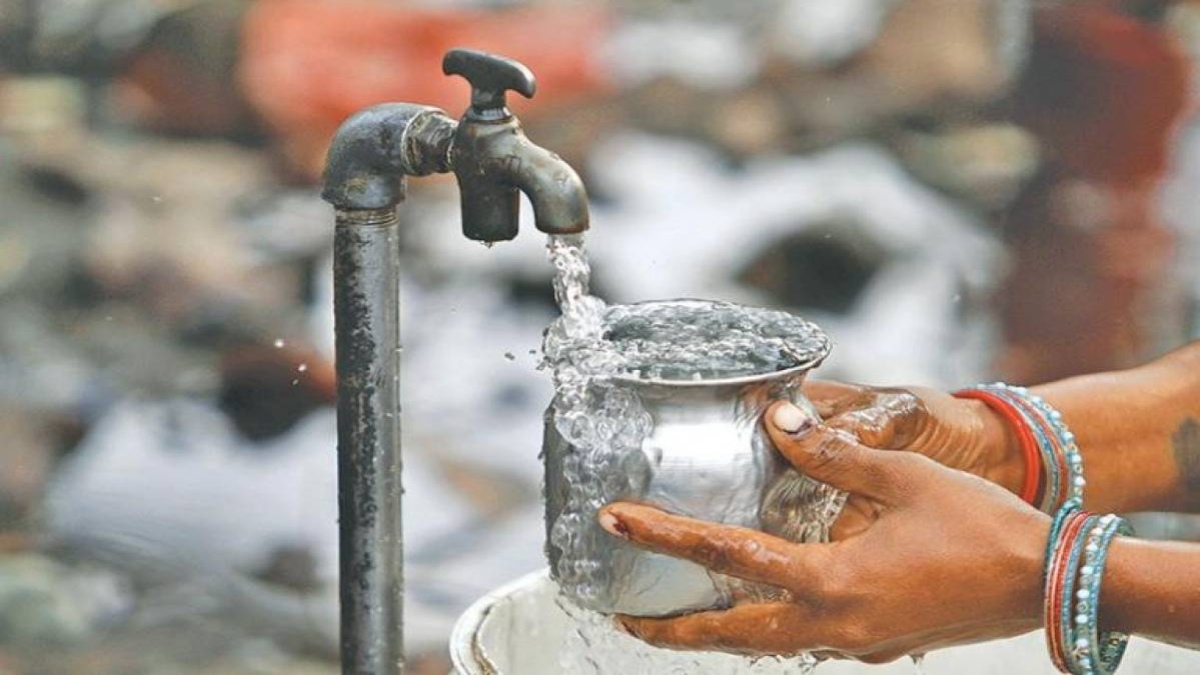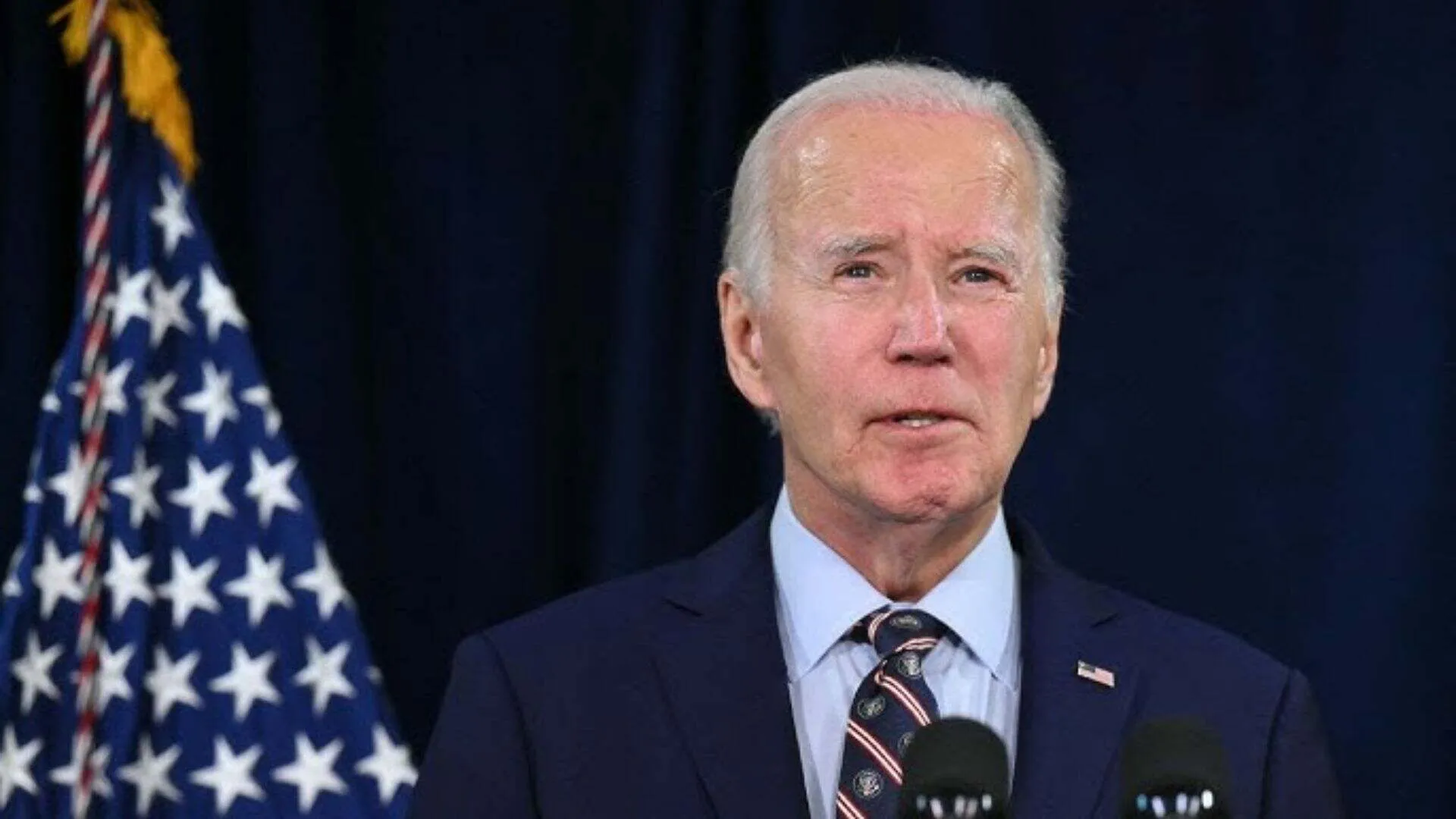Importance of water conservation is gradually getting recognised by one and all. There is a realization that this aspect cannot be postponed anymore. Recognizing the gravity of the situation, Government of India (GoI) launched ‘Catch the rain’ campaign to prioritize and speed up water conservation works.
When Mayur Dixit, a young IAS officer got posted as Chief Development Officer in Almora District in Uttarakhand, he could discern the need for working towards rejuvenation of river Kosi flowing in Kumaon region of Uttarakhand. This river was the life line of Almora town and many adjoining towns and villages. This had also been the priority of the State Government but perhaps not taken up at the local level in the right earnest.
Even at this young age, Mayur realized that the plan will have to centre around being a people’s campaign rather than a government program. Hence, village representatives, SHG groups, schools, NGOs, armed forces and mahila and yuvak mangal dals were involved right from the beginning. GIS technology was to be used to ensure efficiency and proper monitoring. Funds were arranged using convergence from schemes like MGNREGA and CAMPA. The methodology adopted entailed extensive plantation of broad leaf trees and creating mechanical structures like infiltration trenches and holes, small ponds in the catchment area of river Kosi and its tributaries. It was evident that the river, not being a glacier fed river, could be recharged only by raising the ground water level in the catchment area thereby rejuvenating the streams and tributaries of river Kosi. Millions of plants have been planted, along with creating trenches and other structures in this process which commenced from January 2018. The process is still on. This effort of the District Administration has been recognized by Government of India. The District was recipient of National Water Award. It has also received Limca Book Record for planting maximum number of trees in one hour across 110 villages. The results of the water conservation efforts have started showing and river is now recorded an increase in water flow. GB Pant Institute of Environmental Studies, located near Almora has been tasked by GoI to monitor and provide scientific support to the District Administration. Future challenges are likely to continue. There would be challenges in sustaining the momentum and to get people’s support in maintaining water conservation related activities. However, in view of the visible benefits accruing to all, there is a likelihood of continued priority for water conservation related schemes to be implemented at village level. For the same reason, it is also felt that all the concerned departments will remain motivated towards the task.
After getting transferred to Udham Singh Nagar District as Chief Development Officer, Mayur discovered that rejuvenating water bodies appeared to be even more critical in this District. The District lies in terai region and is also known as wheat & rice bowl of state. Agriculture practices are water intensive as most of the irrigation is through tube-wells. This has led to steep depletion of the ground water table in recent years in the region. So, the district administration decided to recharge the groundwater table by identifying and rejuvenating village ponds across the district. More than 550 traditional ponds were identified using revenue records and joint teams of revenue, block, panchayati raj and other departments were made to remove encroachments from these water bodies. Alongside, development plans were made for these using MGNREGS and NRLM schemes. Ponds were cleaned, dug up before monsoons and then were handed over to SHG groups for fisheries, horticulture and other livelihood activities. Rain water now filled ponds which were once encroached. This has acted as a motivating factor for the team. Several challenges were faced during this campaign. Convincing farmers and villagers to give up encroached land for pond creation, excessive pollution and garbage dumping in village ponds, inadequate MNREGS labour rate and excessive supply of groundwater (due to numerous tube wells). The locals could not initially visualize the consequences of depletion of ground water level. This were indeed major challenges. Regular monitoring and coordination from district administration, creating employment opportunities for local SHGs and use of technology in demarcation & mapping helped overcoming these challenges.
Learning from his previous two experiences, when Mayur got posted as District Magistrate, Uttarkashi he adopted a similar approach here as well. Two major rivers of India, Ganga and Yamuna have their origins in the district. There are several high-altitude wetlands and lakes in the district that stored rainwater and recharge ground water table. However, on account of erratic rainfall, urbanisation and soil erosion, many of the streams which used to originate naturally in these mountains were either completely lost or their discharge had decreased substantially. Mayur initiated Mission Indravati in the District to rejuvenate Indravati river. This river is a major tributary of river Bhagirathi (Ganga) but has seen reduced discharge in recent years. Work has begun in 10 villages and higher reach forest areas from where the river originates. Construction of check dams, trenches, plantation and ponds is all planned using GIS methodology. Meetings have been conducted in all the villages and the implementation plan has been developed and planned with Gram Panchayats themselves. The target is to do maximum water conservation works before monsoons.
Mayur has demonstrated that a civil servant with vision, passion and meticulous planning can make-it-happen. Another remarkable feature of his style of functioning is taking all the stakeholders into confidence from the planning stage itself. That makes them partners in the decision-making process and makes execution of his ideas seamless. He is also making use of his learnings wherever he has got posted so far. What Mayur has achieved so early in his career is truly exemplary and inspiring. One hopes that he has left behind institutions that will sustain the effort that he has made.
Anil Swarup has served as the head of the Project Monitoring Group, which is currently under the Prime Minister’s Offic. He has also served as Secretary, Ministry of Coal and Secretary, Ministry of School Education.
When Mayur Dixit, a young IAS officer, got posted as Chief Development Officer in Almora district in Uttarakhand, he could discern the need for working towards rejuvenation of river Kosi flowing in Kumaon region of the state. This river was the lifeline of Almora town and many adjoining towns and villages. This had also been the priority of the state government but perhaps not taken up at the local level in the right earnest.























